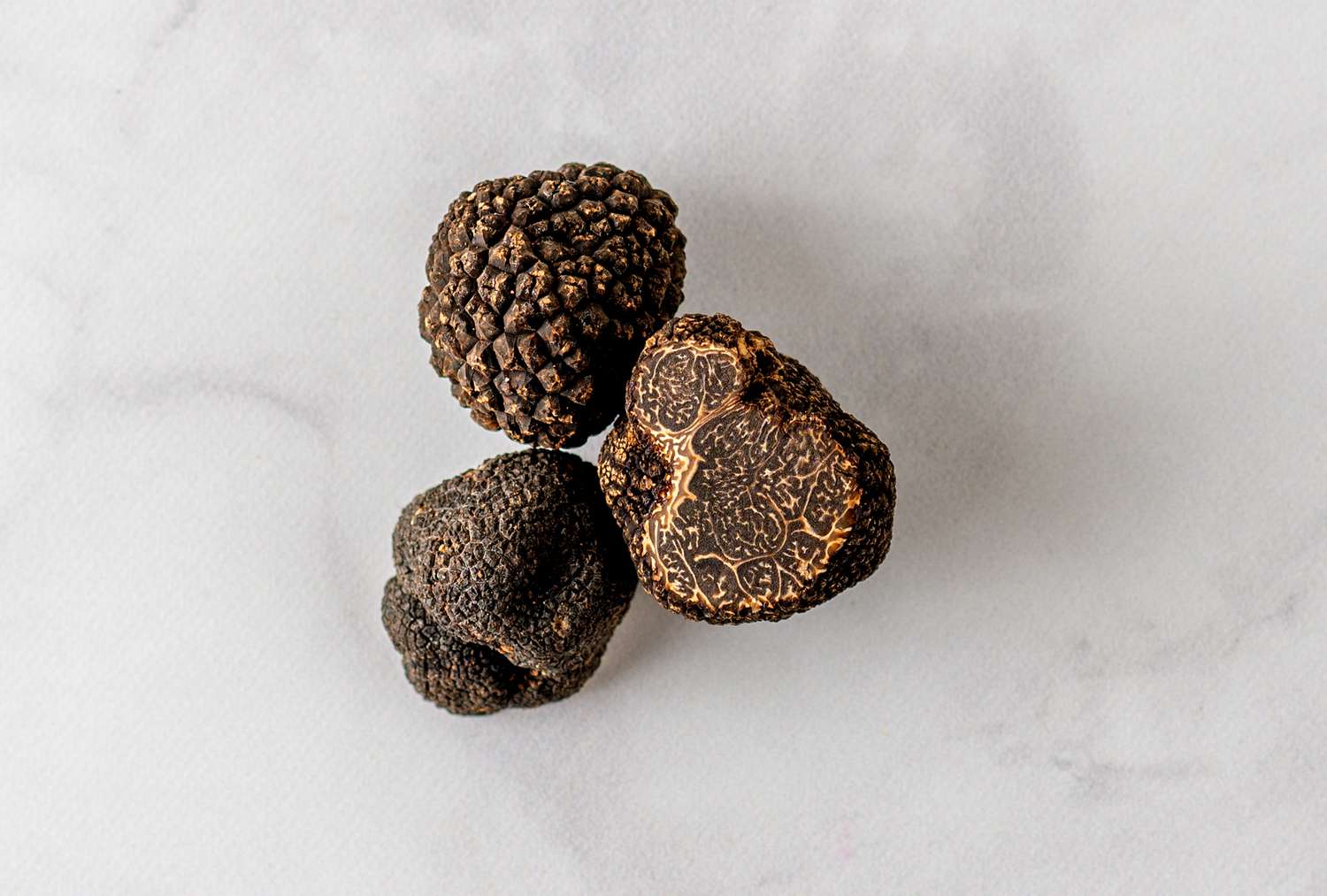
Truffles are one of the most mysterious and sought-after delicacies in the culinary world. These underground fungi have captivated chefs and food enthusiasts for centuries. But what makes them so special? Truffles grow symbiotically with tree roots, often found in forests of Europe, North America, and Asia. Their unique aroma and flavor can transform a simple dish into a gourmet experience. Truffle hunting involves specially trained dogs or pigs to sniff out these hidden treasures. Despite their high price, the demand for truffles continues to soar. Ready to learn more? Here are 15 fascinating facts about truffles that will leave you craving more knowledge and perhaps even a taste!
Key Takeaways:
- Truffles are rare fungi with unique flavors and aromas. They form a special bond with tree roots and are found in different parts of the world, making them a prized gourmet ingredient.
- Truffle hunting is a fascinating process, involving specially trained animals like dogs. Cultivating truffles takes time and effort, but their culinary uses, from pasta to truffle oil, are truly luxurious.
What Are Truffles?
Truffles are a type of fungi that grow underground. They are highly prized in the culinary world for their unique aroma and flavor. Here are some fascinating facts about these gourmet treasures.
-
Truffles belong to the genus Tuber, which includes several species known for their culinary value.
-
They form a symbiotic relationship with tree roots, particularly oak, hazel, and beech trees.
-
Truffles are found in various parts of the world, including Europe, North America, and Asia.
Types of Truffles
Different types of truffles have distinct flavors and aromas. Let's explore some of the most popular varieties.
-
The Black Truffle (Tuber melanosporum) is also known as the Périgord truffle. It is highly sought after for its earthy and robust flavor.
-
The White Truffle (Tuber magnatum) is often referred to as the Alba truffle. It has a strong, garlicky aroma and is considered the most valuable.
-
Summer Truffles (Tuber aestivum) are less intense in flavor compared to black and white truffles but still highly appreciated.
How Truffles Are Found
Finding truffles is no easy task. Specially trained animals are often used to locate these hidden gems.
-
Traditionally, pigs were used to hunt truffles because of their keen sense of smell. However, they often eat the truffles they find.
-
Nowadays, dogs are more commonly used for truffle hunting. They are easier to train and less likely to eat the truffles.
-
Truffle hunters, known as trufficulteurs, often keep their hunting grounds a closely guarded secret.
Truffle Cultivation
While wild truffles are highly prized, efforts have been made to cultivate them.
-
Truffle cultivation involves inoculating tree roots with truffle spores and planting them in suitable soil.
-
It can take several years for truffles to mature and be ready for harvest.
-
France, Italy, and Spain are leading countries in truffle cultivation.
Culinary Uses of Truffles
Truffles are a gourmet ingredient used in various dishes. Their unique flavor can elevate even the simplest of meals.
-
Truffles are often shaved or grated over pasta, risotto, and eggs to add a luxurious touch.
-
Truffle oil, made by infusing oil with truffle essence, is a popular way to incorporate truffle flavor into dishes.
-
Truffle butter, a blend of butter and truffle, is another delicious way to enjoy the rich taste of truffles.
The Magic of Truffles
Truffles are more than just a culinary delight. These underground treasures have a rich history, unique growing conditions, and a flavor profile that’s hard to beat. From their symbiotic relationship with trees to their role in gourmet dishes, truffles captivate food enthusiasts and chefs alike.
Understanding truffles means appreciating their rarity, the skill required to harvest them, and the intricate ecosystem they thrive in. Whether you’re savoring a dish sprinkled with truffle shavings or learning about their fascinating biology, truffles offer a world of wonder.
Next time you enjoy a truffle-infused meal, remember the journey these fungi take from forest floor to your plate. Their story is a testament to nature’s complexity and the human passion for exceptional flavors. So, keep exploring, tasting, and appreciating the magic of truffles.
Frequently Asked Questions
Was this page helpful?
Our commitment to delivering trustworthy and engaging content is at the heart of what we do. Each fact on our site is contributed by real users like you, bringing a wealth of diverse insights and information. To ensure the highest standards of accuracy and reliability, our dedicated editors meticulously review each submission. This process guarantees that the facts we share are not only fascinating but also credible. Trust in our commitment to quality and authenticity as you explore and learn with us.


